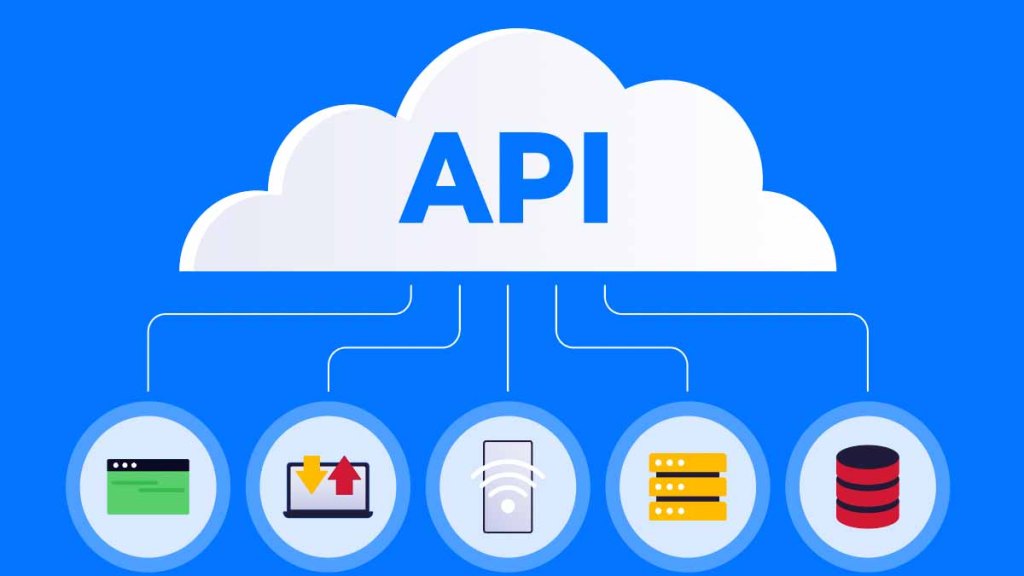Imagine you are in a big amusement park, and you want to play a game at a booth to win a prize. However, you cannot directly go to the booth and play the game yourself because there’s a safety barrier between you and the booth. Instead, you need to hand over some tokens to a park staff member standing nearby. This staff member will take your tokens, play the game on your behalf, and then give you the prize if you win.
In this example:
- The amusement park is like a website or application that you want to use.
- The game booth is like a feature or service provided by that website or application, such as posting a message on a social media site, searching for information, or getting weather updates.
- The safety barrier represents the security measures put in place by the website or application to protect their data and resources.
- The tokens you give to the staff member are like the requests you send to the website or application to use their services.
- The park staff member playing the game for you is like the API (Application Programming Interface).
So, what is an API?
API stands for Application Programming Interface. It’s like a bridge that allows different programs, websites, or applications to communicate and work together. Just like the staff member at the amusement park booth, an API acts as a mediator between two different systems. It defines how you, as a user or developer, can request specific services or functions from a website or application, and how the website or application will respond to those requests.

APIs are essential because they enable different software to interact and share information in a safe and controlled way. They allow developers to use the services and data provided by other companies or platforms without having to understand the intricate details of how those services work. This makes it easier and faster to create new applications or add features to existing ones.
For example, if you want to create a weather app, you don’t need to build your own weather monitoring system from scratch. Instead, you can use a weather API provided by a weather service. The API will allow your app to send requests for weather information (like current temperature, humidity, etc.) to the weather service. The weather service will process these requests and send back the relevant weather data to your app, which you can then display to the user.
In summary, APIs are like magical connectors that enable different apps and websites to work together, making it easier for developers to create powerful and feature-rich applications without starting from scratch. They make the digital world a more connected and convenient place for all of us!


Leave a comment